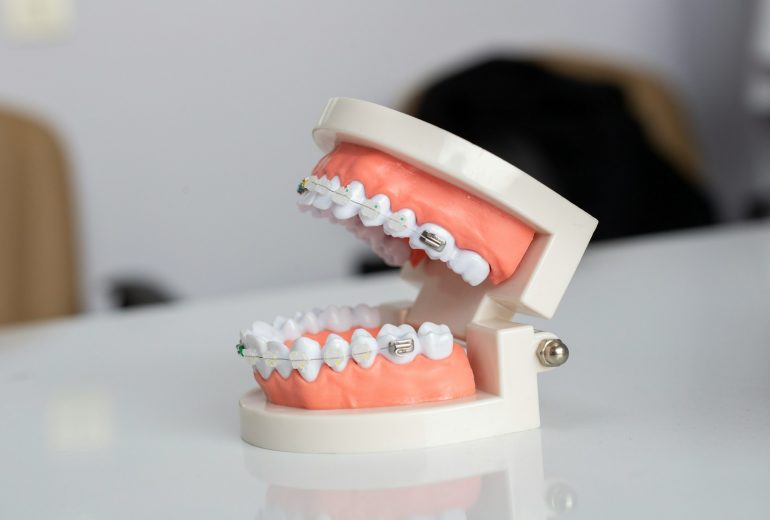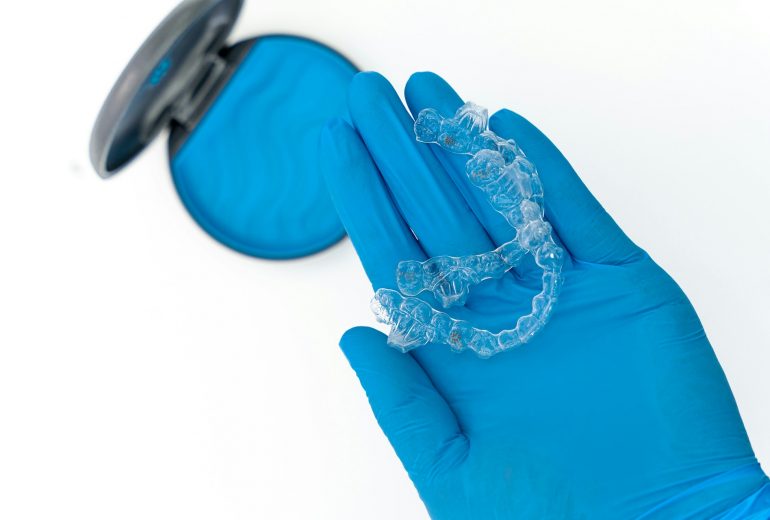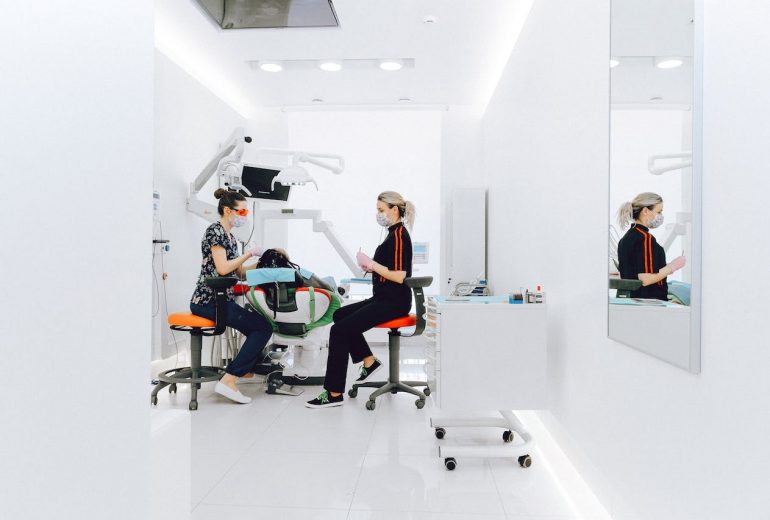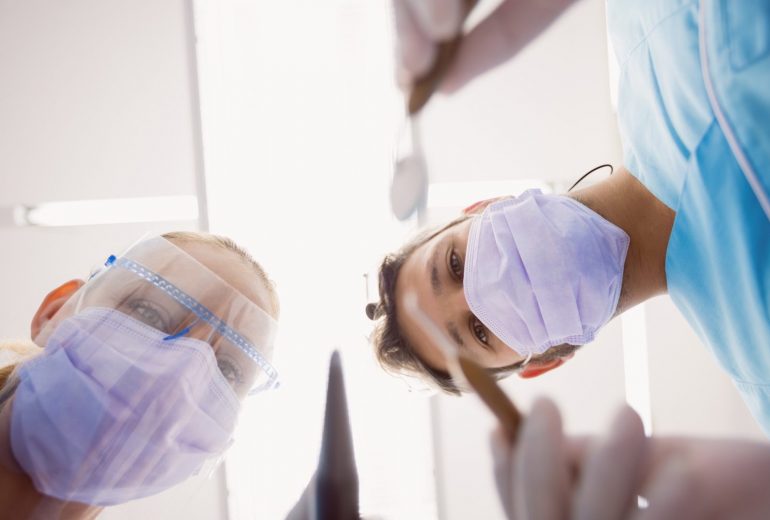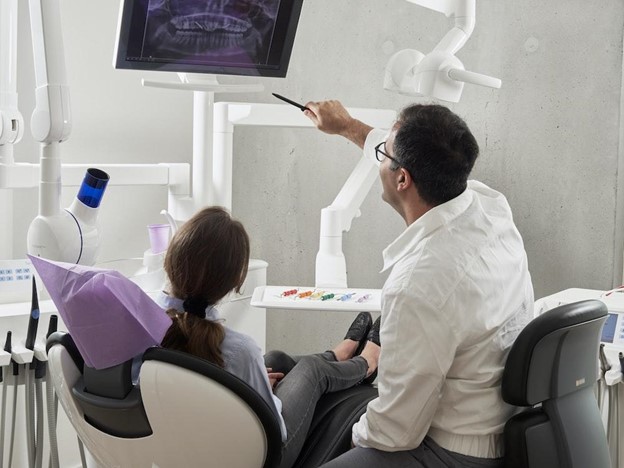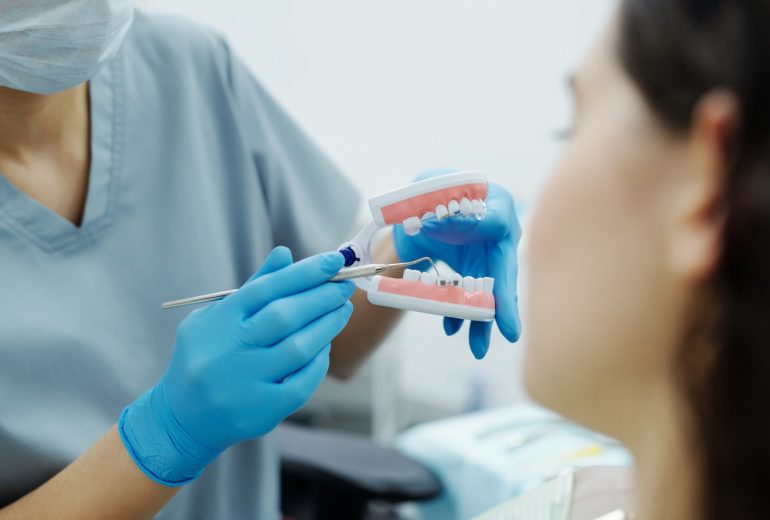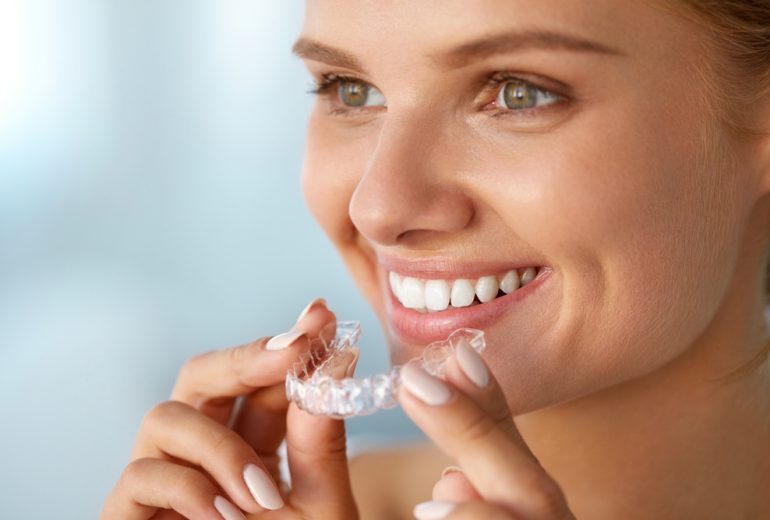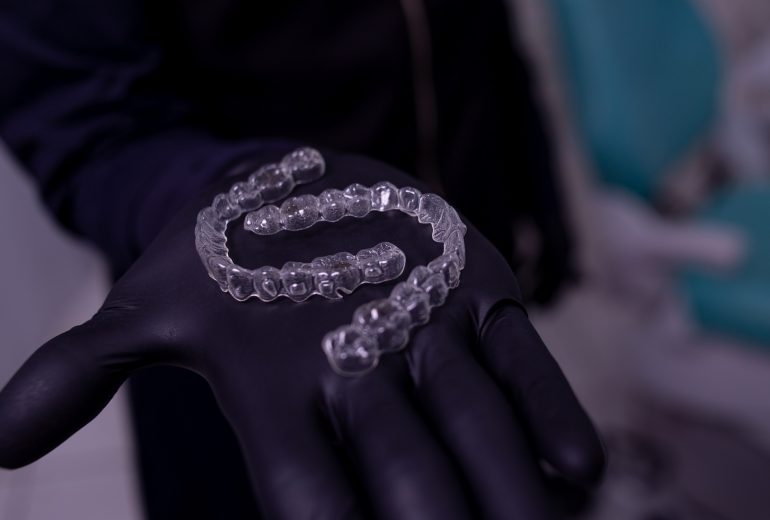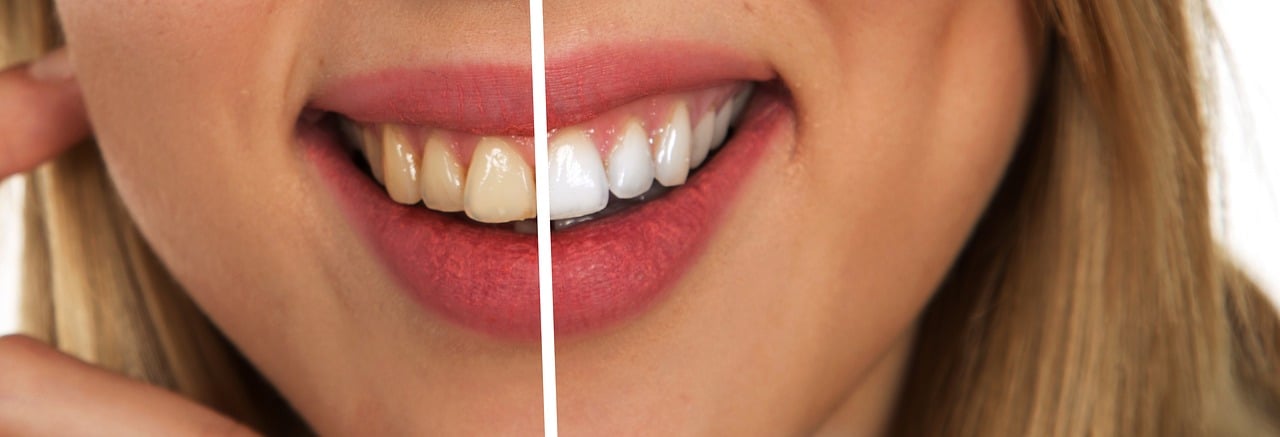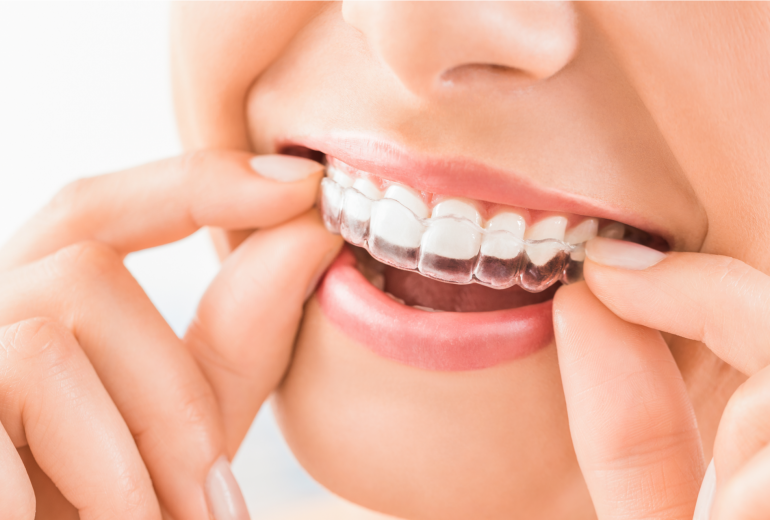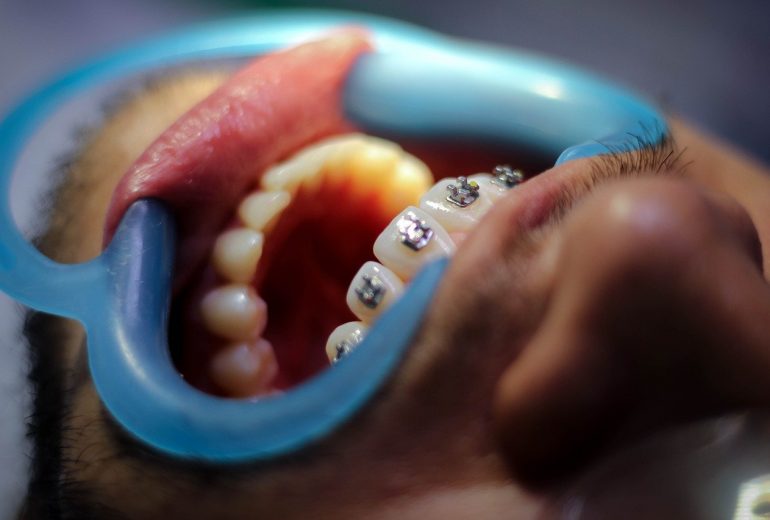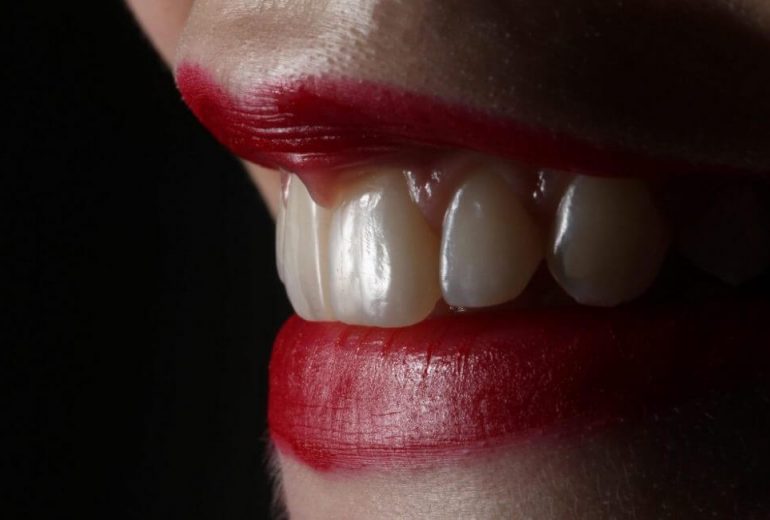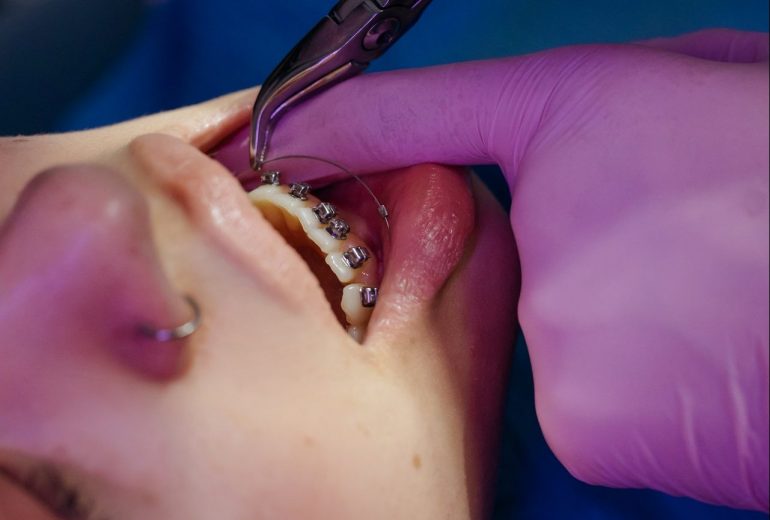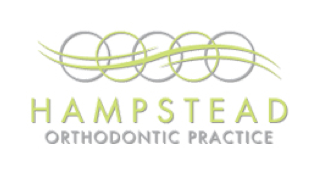Understanding Twin Block Braces: A Quick Guide
At Hampstead Orthodontic Practice, we’re committed to helping you achieve a confident, healthy smile. Among the tools in our arsenal are twin block braces, a functional appliance that can address specific orthodontic concerns. But what exactly are twin blocks, and are they …
Damon Braces: Are They Better Than Traditional Braces?
In the world of orthodontic treatment, individuals seeking to straighten their teeth are often faced with a multitude of options, each promising effective results. Among these options, Damon braces have gained attention for their purported advantages over traditional braces. But are Damon …
Can You Eat with Invisalign: The Do’s & Don’ts
Invisalign is a true game-changer. But one thing that often falls by the wayside when talking about Invisalign aligners is the practical aspects of living with them. Especially when it comes to things like eating, drinking, and even vaping or smoking. So, …
Fast Braces: How to Speed up the Process
Are you considering braces to straighten your teeth but concerned about the time commitment? Advances in orthodontic technology have led to the development of fast-acting braces, offering a quicker path to a straighter smile. In this article, we’ll explore the ins and …
NHS vs Private Orthodontics: The Main Differences
Orthodontic treatment plays a crucial role in achieving a straighter and healthier smile. Here in the UK, individuals seeking orthodontic care often have the option to choose between private and National Health Service (NHS) orthodontics. While both avenues aim to enhance dental …
Jaw Surgery Recovery: What to Expect and How to Prepare
Jaw surgery, or corrective jaw surgery, is an orthodontic procedure aimed at realigning the jaw to improve both function and facial symmetry. As you embark on your journey towards a healthier, more balanced smile, it’s crucial to understand the ins and outs …
Bite Problems – Everything You Should Know
Maintaining good oral health extends beyond brushing and flossing; it encompasses the alignment and functionality of your teeth and jaw. Bite problems, also known as malocclusions, can significantly impact your overall well-being. This comprehensive guide will explore everything you need to know …
Menopause and Teeth Concerns: Understanding the Link
If you’ve noticed your teeth shifting or experienced other surprising changes in your mouth during menopause, you’re not alone. While we’re all familiar with the more common symptoms like hot flushes and mood swings, it’s less understood how menopause can impact …
What Are Lingual Braces? The Pros, Cons, Costs & Considerations
Lingual braces, also known as incognito braces, are a type of orthodontic braces that are placed on the back surface of the teeth (the lingual side). This is in contrast to traditional braces that are placed on the front of the teeth. …
What is Odontophobia?
Many people experience some level of anxiety when it comes to visiting the dentist. But for some individuals, the fear of dental treatment goes beyond typical nervousness and can develop into a specific phobia known as odontophobia. We’ve put together some valuable …
What is Saliva?
Saliva is that slippery liquid in your mouth that keeps your tongue moist and your teeth shiny. But have you ever wondered what saliva really is? It’s not just water, that’s for sure. Saliva is actually a complex fluid that plays a …
7 Teeth Straightening Options: How To Correct Your Smile
A bright, confident smile is something that many people desire. While traditional orthodontic treatments like braces or aligners have been used for decades to straighten teeth, different and new technologies are now available. These dental innovations allow people to straighten their teeth …
Removable Braces: The What, The Why & The How
Straightening teeth with braces is an orthodontic practice employed all over the world for both children and adults. Several orthodontic treatments make use of removable braces to support whichever treatment is initially carried out. Removable braces may be used independently if only …
How to Get Rid of Yellow Teeth at Home
Yellow teeth, albeit unsightly, are a natural process in the ageing of teeth. Yellow stains on teeth may occur due to several factors, from stains on the surface of the tooth to the wearing down of the white tooth enamel over time. …
Does Invisalign Hurt?
Compared to other orthodontic treatments, Invisalign is often advertised as a treatment that offers minor discomfort. Therefore, clear Invisalign aligners have become an increasingly popular orthodontic treatment with many patients being interested in them. If you’re considering Invisalign treatment, you may be …
The Best Ways To Get Straightened Teeth
By now, you’ve probably clicked on this post and are wondering: what are the fastest ways to get straightened teeth? How long does it take to straighten teeth? What treatments are there available? Whether you’re on a mission to close that gap …
Swollen Gums With Braces: The Causes & Treatments
When wearing dental braces for the first time, you may have found that your gums appear red, swollen and inflamed. This can often happen as braces slowly adjust and move your teeth over time. However, it can be a cause for concern …
Dental Erosion: Symptoms and Treatment
Dental erosion is the loss of tooth enamel caused by the acids we eat and drink, or sometimes from acids coming up from your stomach. Enamel is the thin yet very strong protective layer of the tooth, which protects them from excessive …
What to Expect When Adjusting Your Braces
When getting your braces adjusted at regular intervals by your orthodontist, most patients will feel sore for anywhere from a few hours to a few days after. In this article we’ll cover why your braces need to be adjusted, how often you …
Differences Between Orthodontists and Other Types of Dentists
Orthodontists, Dentists, Prosthodontists, Endodontists, Periodontists and Cosmetic Dentists are all strongly linked since they all work hard to improve patients’ oral health. Although they all specialise in oral healthcare and share many things in common, they all actually work in very different …
- 1
- 2



